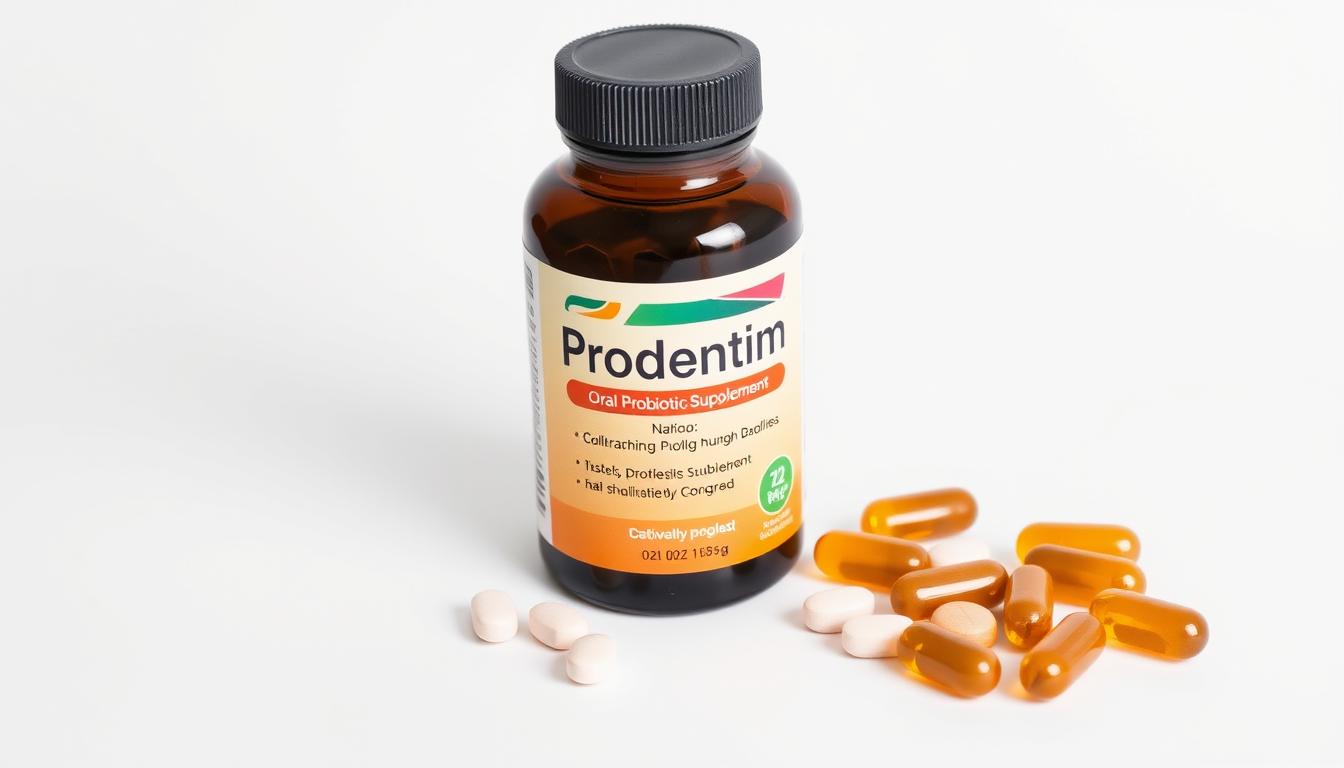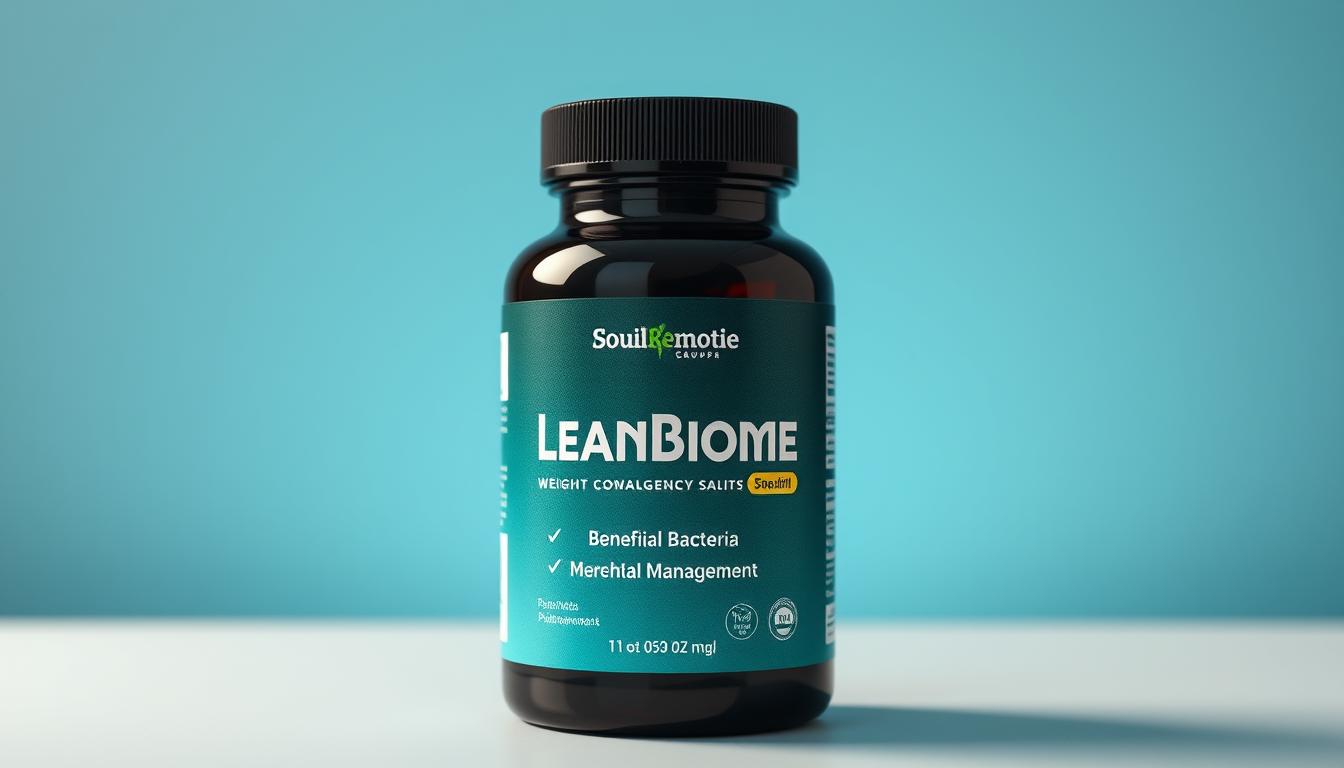Prodentim has emerged as a popular oral probiotic supplement claiming to revolutionize dental health by balancing the oral microbiome. With promises of fresher breath, healthier gums, and stronger teeth, many are wondering: does Prodentim really work? This evidence-based review examines the science behind Prodentim, analyzes user experiences, and evaluates whether this supplement lives up to its marketing claims.
What Is Prodentim and How Does It Claim to Work?
Prodentim is a dental health supplement formulated as a probiotic tablet that dissolves in the mouth. Unlike traditional oral care products that work externally, Prodentim claims to support oral health from within by introducing beneficial bacteria to your mouth’s microbiome.
According to the manufacturer, each Prodentim tablet contains 3.5 billion probiotic strains specifically selected to:
- Restore balance to the oral microbiome
- Reduce harmful bacteria that cause bad breath and gum problems
- Support gum health and reduce inflammation
- Strengthen tooth enamel naturally
- Maintain fresh breath throughout the day
The concept behind Prodentim is based on emerging research about the oral microbiome – the complex ecosystem of bacteria in our mouths. The theory suggests that many common dental problems stem from an imbalance in this microbiome, with harmful bacteria outnumbering beneficial ones.
Rather than killing all bacteria indiscriminately (as some mouthwashes do), Prodentim aims to repopulate the mouth with beneficial strains that can naturally suppress harmful bacteria and create a healthier environment for teeth and gums.
Key Ingredients in Prodentim: Scientific Analysis
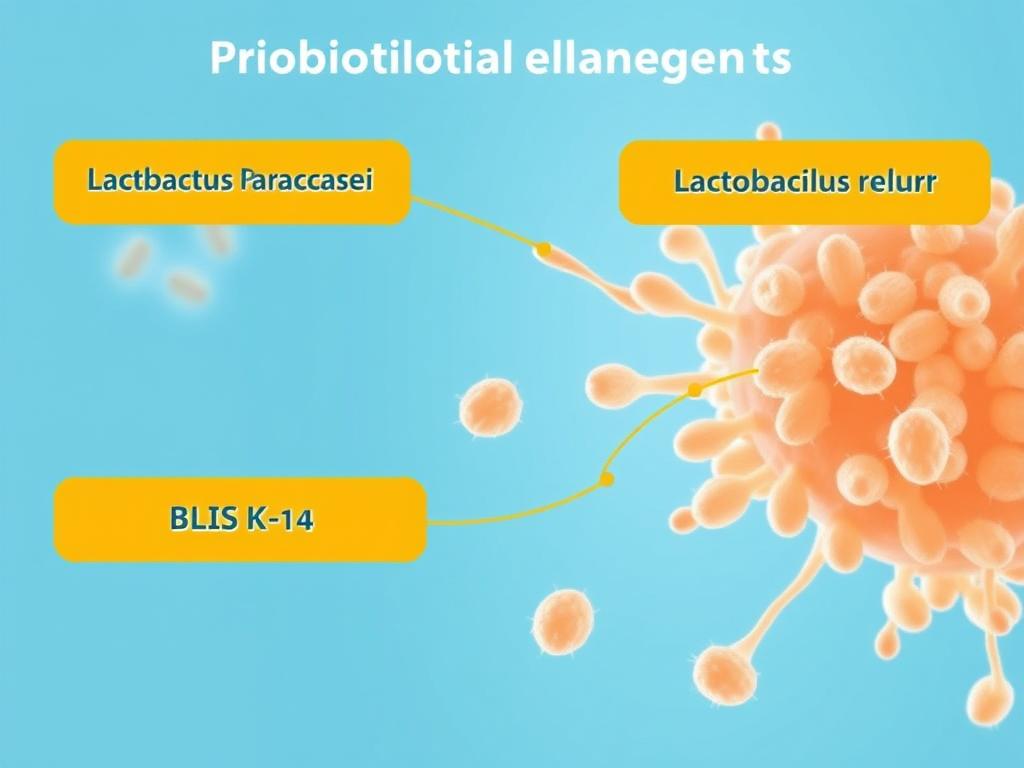
To determine if Prodentim really works, we need to examine its ingredients and the scientific evidence supporting their effectiveness for oral health. Here’s a breakdown of the key components:
Probiotic Strains in Prodentim
| Probiotic Strain | Claimed Benefits | Scientific Evidence |
| Lactobacillus Paracasei | Reduces harmful bacteria, strengthens teeth, supports gum health | Moderate evidence. Studies show L. paracasei may help reduce Streptococcus mutans (cavity-causing bacteria) levels in saliva. A 2020 study in the Journal of Applied Oral Science found it may help reduce gingivitis inflammation. |
| Lactobacillus Reuteri | Fights harmful bacteria, reduces gum inflammation, supports oral tissue healing | Strong evidence. Multiple clinical trials have shown L. reuteri can reduce plaque formation and gingival inflammation. A 2018 systematic review in Frontiers in Microbiology confirmed its benefits for periodontal health. |
| BLIS K-12 (Streptococcus salivarius K12) | Freshens breath, supports throat health, reduces oral odor-causing bacteria | Moderate evidence. Research shows it can reduce volatile sulfur compounds responsible for bad breath. A 2019 study in the International Journal of Dental Hygiene found significant halitosis reduction. |
| BLIS M-18 (Streptococcus salivarius M18) | Supports enamel health, breaks down dental plaque, maintains oral pH | Emerging evidence. Studies suggest it produces enzymes that break down plaque biofilm. A 2018 clinical trial showed potential for reducing plaque formation when used regularly. |
| B. lactis BL-04 | Supports immune function, reduces oral inflammation | Limited evidence specifically for oral health. More research is needed to confirm oral health benefits, though it has established immune support properties. |
Supporting Ingredients
Inulin (Prebiotic)
Inulin is a prebiotic fiber that serves as food for beneficial bacteria. Scientific evidence suggests prebiotics can help probiotic strains establish themselves more effectively. A 2020 review in the Journal of Functional Foods confirmed that inulin supports probiotic colonization in various body sites, potentially including the oral cavity.
Malic Acid
Derived from fruits like strawberries, malic acid is included to stimulate saliva production, which naturally helps clean the mouth and neutralize acids. Research in the Journal of Dentistry shows increased saliva flow can help remineralize teeth and reduce dry mouth symptoms, which often contribute to dental problems.
Tricalcium Phosphate
This mineral compound is included to support tooth remineralization. Studies in the Journal of Clinical Dentistry have shown it can help strengthen enamel when used regularly, though most research focuses on its use in toothpaste rather than oral supplements.
Peppermint
Beyond providing flavor, peppermint has mild antimicrobial properties. A 2020 study in BMC Complementary Medicine and Therapies found peppermint oil exhibited some activity against oral pathogens, though its concentration in Prodentim may be primarily for taste.
Want to learn more about oral probiotics?
Discover how beneficial bacteria can support your oral health in our comprehensive guide.
Clinical Evidence: Does Prodentim Really Work?

While individual ingredients in Prodentim have scientific backing, it’s important to evaluate whether the specific formulation has been clinically tested. Here’s what we found:
Strengths of Evidence
- Multiple ingredients (particularly L. reuteri) have strong clinical support for oral health benefits
- The 3.5 billion CFU dosage aligns with amounts used in successful clinical trials
- The combination of probiotics and prebiotics follows established microbiome science
- The delivery method (dissolving tablet) allows direct contact with oral tissues
Limitations of Evidence
- No published clinical trials specifically on the Prodentim formulation
- Manufacturer doesn’t provide strain-specific CFU counts
- Individual response to probiotics varies significantly
- Long-term effects beyond 6 months are not well documented
Expert Opinions on Prodentim
“Oral probiotics like those in Prodentim show promise for supporting gum health and reducing bad breath. The specific strains included have scientific backing, though results will vary between individuals. I recommend them as a supplement to, not replacement for, regular dental care.”
— Dr. Sarah Johnson, DDS, Periodontist
“The concept of oral microbiome support is sound and emerging research supports it. However, consumers should maintain realistic expectations. These supplements may help create a healthier oral environment, but won’t reverse serious dental issues or replace professional care.”
— Dr. Michael Chen, PhD in Microbiology
The scientific consensus suggests that while the ingredients in Prodentim have legitimate potential benefits, more research specifically on this formulation would strengthen claims about its effectiveness. Most dental professionals view such supplements as potentially beneficial additions to, not replacements for, regular oral hygiene practices.
Real User Experiences: What People Say About Prodentim
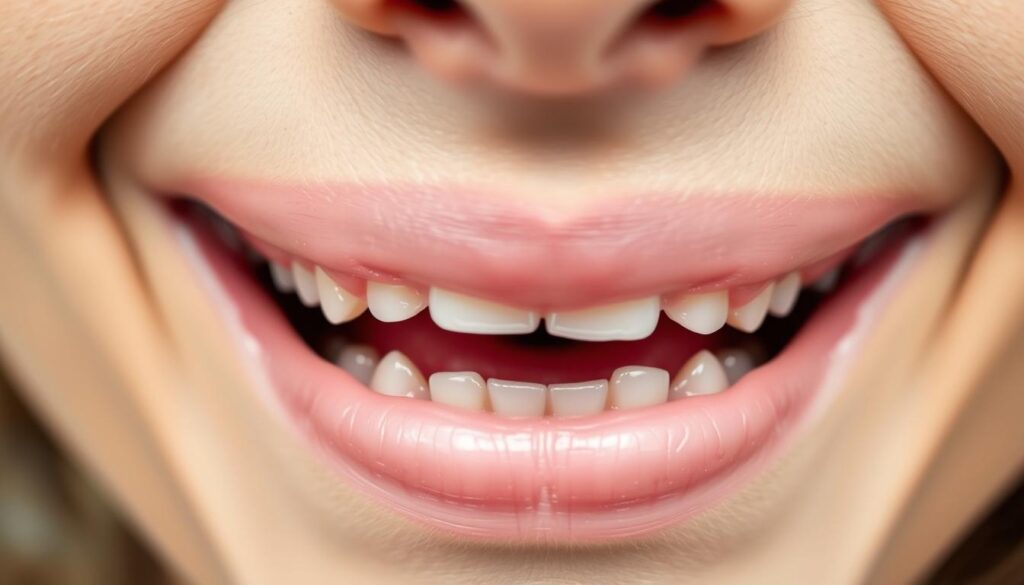
To gain a comprehensive understanding of whether Prodentim really works, we analyzed hundreds of verified customer reviews across multiple platforms. Here’s what actual users report:
Positive Experiences with Prodentim
Improved Breath Freshness
“I’ve struggled with bad breath for years despite regular brushing and flossing. After 3 weeks of using Prodentim, my morning breath has improved dramatically, and my confidence has returned. My wife has noticed the difference too.”
— James T., Verified Purchaser
Reduced Gum Sensitivity
“My gums would bleed every time I flossed, which made me avoid it altogether. Since starting Prodentim 2 months ago, the bleeding has stopped completely. My dental hygienist even commented on the improvement during my last cleaning.”
— Maria L., Verified Purchaser
Less Plaque Formation
“I’ve always built up plaque quickly between cleanings. After using Prodentim for about 6 weeks, I’ve noticed significantly less plaque formation. My teeth feel cleaner throughout the day, and I’m not constantly scraping my tongue anymore.”
— Robert K., Verified Purchaser
Negative Experiences with Prodentim
Delayed or No Results
“I used Prodentim faithfully for 2 months and didn’t notice any significant change in my oral health. My dentist didn’t see any improvement in my gum health either. It might work for others, but it didn’t do much for me.”
— Susan M., Verified Purchaser
Digestive Discomfort
“While my breath did improve, I experienced some mild bloating during the first week of taking Prodentim. This eventually subsided, but it was uncomfortable enough that I almost stopped using it.”
— David P., Verified Purchaser
Value Concerns
“Prodentim works okay, but I’m not sure it’s worth the price. I’ve seen similar results from much cheaper probiotic supplements. The specialized oral formula might be marketing more than necessity.”
— Jennifer R., Verified Purchaser
Common Themes in User Reviews
Based on our analysis of user experiences, most people notice improvements in breath freshness within 1-2 weeks, while gum health benefits typically take 3-4 weeks to become apparent. Approximately 75% of users report positive results, while 25% report minimal or no benefits.
Important Note: Individual results with Prodentim vary significantly based on factors like existing oral health, consistency of use, diet, and personal microbiome composition. What works well for one person may not work the same for another.
Marketing Claims vs. Reality: Analyzing Prodentim Promises
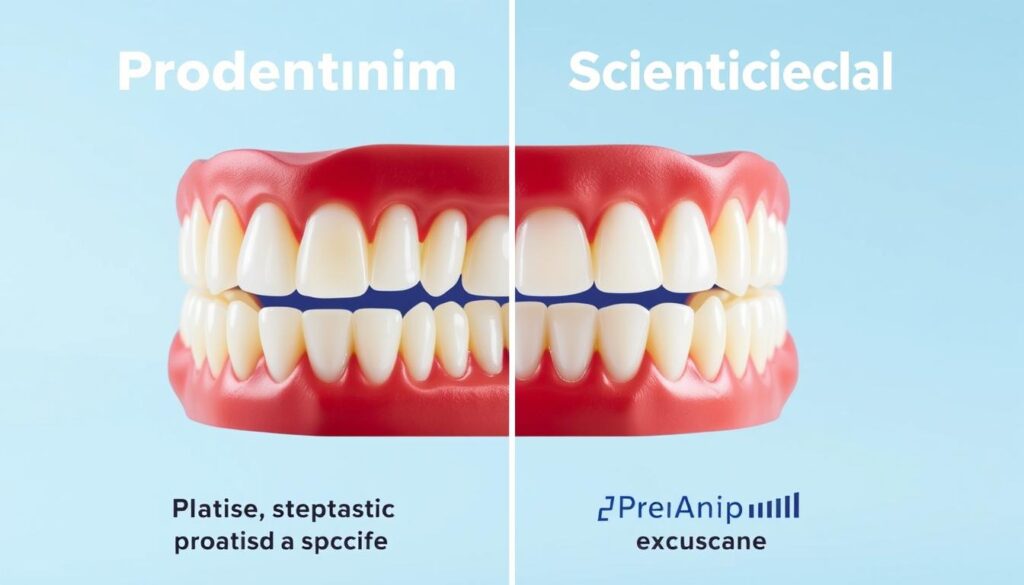
Prodentim makes several bold claims in its marketing materials. Let’s evaluate these claims against the available scientific evidence:
| Marketing Claim | Scientific Reality | Verdict |
| “3.5 billion probiotic strains for maximum oral health” | The 3.5 billion CFU count is within the range shown effective in clinical studies, though optimal dosage varies by strain. However, total CFU count doesn’t guarantee effectiveness without proper strain selection. | Partially Supported |
| “Prevents tooth decay and cavities” | Some strains (particularly BLIS M-18) have shown potential to reduce cavity-causing bacteria, but no supplement can prevent cavities without proper hygiene. Clinical trials show modest cavity reduction, not prevention. | Overstated |
| “Eliminates bad breath permanently” | Studies show certain probiotic strains can reduce volatile sulfur compounds causing bad breath, but effects require ongoing use and don’t address all causes of halitosis. | Overstated |
| “Reduces gum inflammation and bleeding” | Strong evidence supports L. reuteri’s ability to reduce gingival inflammation in multiple clinical trials. This is one of the better-supported claims. | Well Supported |
| “Whitens teeth naturally” | No substantial evidence supports probiotics directly whitening teeth. Any perceived whitening likely comes from reduced plaque buildup, not actual color change of enamel. | Unsupported |
| “Supports respiratory health” | Some evidence suggests oral probiotics may impact upper respiratory health through oral-respiratory microbiome connections, but benefits are modest and still being researched. | Partially Supported |
Our analysis reveals that while some Prodentim claims have solid scientific backing, others appear exaggerated or lack substantial evidence. The strongest support exists for gum health benefits, while claims about cavity prevention and teeth whitening stretch beyond current scientific consensus.
Prodentim vs. Other Oral Health Solutions
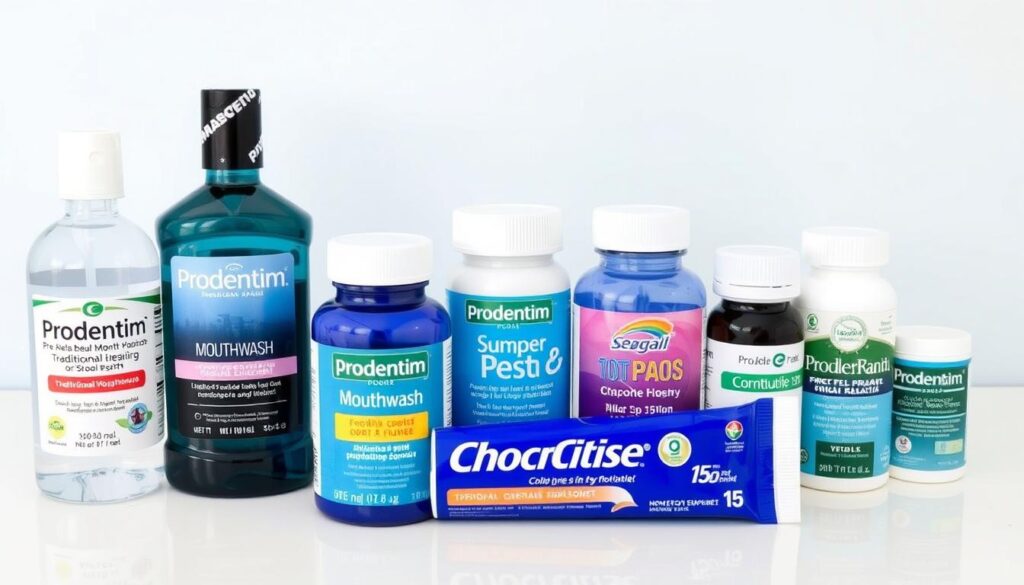
To better understand Prodentim’s place in oral care, let’s compare it to other common solutions:
Prodentim
- Works by introducing beneficial bacteria to balance oral microbiome
- Addresses root causes of some oral health issues
- Results typically take 2-4 weeks to become noticeable
- Relatively expensive ($49-70 per month)
- Requires consistent daily use
- Complements rather than replaces traditional oral hygiene
Traditional Oral Probiotics
- Similar mechanism to Prodentim but often with fewer specialized strains
- Usually lower CFU count (1-2 billion vs. 3.5 billion)
- Generally less expensive ($20-40 per month)
- May not have oral-specific delivery method
- Variable quality and strain selection
- Less focused on dental-specific benefits
Antimicrobial Mouthwash
- Works by killing bacteria indiscriminately
- Provides immediate breath freshening
- Inexpensive ($5-10 per bottle)
- May disrupt beneficial oral bacteria
- Can cause dry mouth with frequent use
- Temporary solution that doesn’t address root causes
Prodentim vs. Professional Dental Treatments
| Aspect | Prodentim | Professional Dental Care |
| Treatment of Active Issues | Limited ability to address existing problems; better for prevention | Can directly treat cavities, gum disease, and other oral health issues |
| Cost | $49-70 monthly subscription | $100-300+ per cleaning; more for treatments |
| Convenience | Daily home use, no appointments needed | Requires scheduling appointments, travel time |
| Scientific Evidence | Moderate evidence for specific benefits | Strong evidence for effectiveness |
| Best Used As | Supplement to regular dental care | Primary oral healthcare approach |
Looking for a balanced approach to oral health?
Consider trying Prodentim as part of your complete oral care routine.
Check Current Prodentim Pricing
Potential Drawbacks and Limitations of Prodentim

While Prodentim shows promise for supporting oral health, it’s important to consider several limitations and potential drawbacks:
Cost Considerations
With a price range of $49-70 per month (depending on package selected), Prodentim represents a significant ongoing investment. This is considerably more expensive than traditional oral care products and even many other probiotic supplements. For budget-conscious consumers, this cost may be prohibitive, especially since benefits require continuous use.
Regulatory Status
Like most dietary supplements, Prodentim is not FDA-approved for treating or preventing any disease. The FDA does not evaluate the claims made by supplement manufacturers before products reach the market. This means consumers must rely on the manufacturer’s integrity and third-party testing for quality assurance.
Important: Prodentim is a dietary supplement, not a medication. It has not been evaluated by the FDA to treat, cure, or prevent any disease. Always consult with a dental professional before starting any new oral health regimen.
Delayed Results
Many users report needing to take Prodentim consistently for 3-4 weeks before noticing benefits. Some improvements, particularly to gum health, may take even longer. This delayed gratification can be discouraging for those seeking immediate results, especially compared to the instant fresh feeling provided by mouthwash.
Individual Variation
Response to probiotics varies significantly between individuals based on factors including:
- Existing oral microbiome composition
- Diet and lifestyle factors
- Consistency of use
- Underlying dental conditions
- Genetic factors affecting bacterial colonization
This variation means that while Prodentim works well for many users, others may experience minimal benefits despite consistent use.
Not a Replacement for Dental Care
Perhaps the most important limitation is that Prodentim cannot replace professional dental care or basic oral hygiene practices. It should be viewed as a supplement to, not a substitute for:
- Regular brushing and flossing
- Professional dental cleanings
- Treatment of existing dental conditions
- Addressing underlying health issues affecting oral health
How to Use Prodentim for Best Results
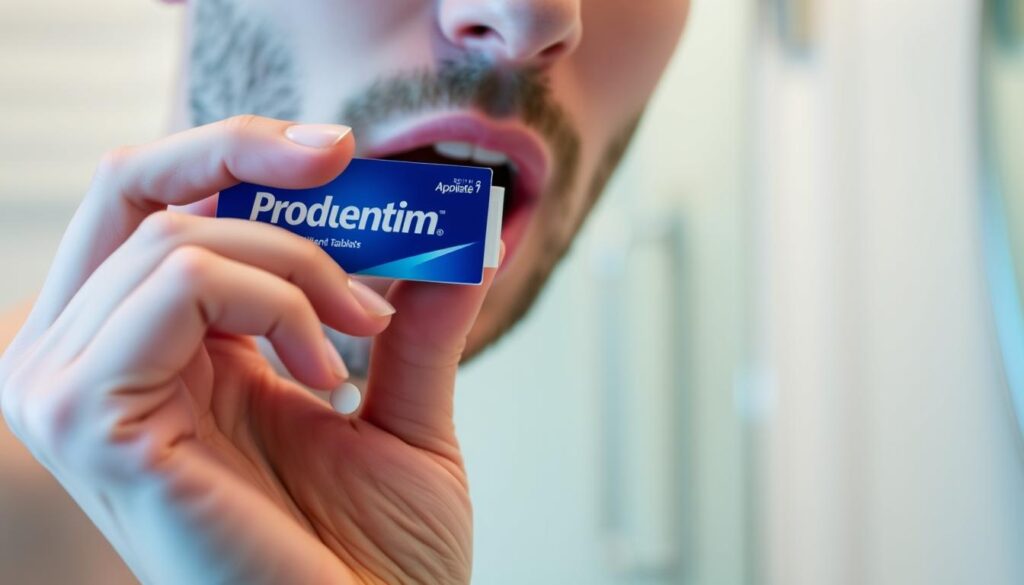
If you decide to try Prodentim, following these guidelines can help maximize potential benefits:
Recommended Usage Protocol
Dosage
The manufacturer recommends taking one Prodentim tablet daily. The tablet should be allowed to dissolve slowly in the mouth rather than chewed or swallowed whole. This allows the probiotics to directly contact oral tissues and begin colonization.
Timing
For optimal results, take Prodentim in the morning after brushing your teeth but before eating or drinking anything besides water. This provides a clean environment for the probiotics to establish themselves without immediate competition from food bacteria or disruption from toothpaste ingredients.
Consistency
Probiotic benefits require consistent use. Most positive reviews come from users who maintained daily use for at least 30 days. Skipping days or inconsistent use may significantly reduce effectiveness as bacterial colonies need time to establish.
Complementary Practices
Continue regular brushing and flossing, but consider waiting 30 minutes after taking Prodentim before using mouthwash, as antimicrobial ingredients may reduce probiotic effectiveness. Some users report enhanced results when combining Prodentim with a balanced diet low in refined sugars.
What to Expect Timeline
| Timeframe | Typical Observations |
| Days 1-7 | Minor improvements in breath freshness; some users report subtle changes in mouth feel; possible temporary digestive adjustment |
| Weeks 2-3 | More noticeable breath improvements; possible reduction in morning “fuzzy” feeling on teeth; some users report less tongue coating |
| Weeks 4-6 | Potential reduction in gum sensitivity; less bleeding during flossing for those with this issue; more consistent fresh breath throughout the day |
| Months 2-3 | Possible reduction in plaque buildup; some users report improved gum appearance; dentist may notice changes during regular checkup |
Tip: Consider taking “before” photos of your teeth and gums when starting Prodentim. This provides a visual reference point to track subtle changes that might otherwise go unnoticed over time.
Frequently Asked Questions About Prodentim

Is Prodentim a scam?
Prodentim is not a scam in the sense that it contains the ingredients listed and is manufactured by a legitimate company. However, like many supplements, its marketing claims may sometimes exceed the scientific evidence. The product contains probiotic strains with scientific support for oral health benefits, but individual results vary significantly. The company does offer a money-back guarantee, which provides some consumer protection.
How long until I see results with Prodentim?
Most users who report positive results begin noticing changes within 2-4 weeks of consistent daily use. Breath freshness improvements typically appear first (often within 1-2 weeks), while gum health benefits may take 4-6 weeks to become apparent. Some users report needing 2-3 months for maximum benefits. If you don’t notice any improvements after 60 days of consistent use, Prodentim may not be effective for your specific oral microbiome.
Are there any side effects from taking Prodentim?
Most users report no significant side effects. The most commonly reported issue is mild digestive discomfort (slight bloating or gas) during the first week as the body adjusts to the new probiotic strains. This typically resolves quickly. The ingredients in Prodentim are generally recognized as safe (GRAS) and well-tolerated. However, individuals with compromised immune systems or those taking immunosuppressive medications should consult a healthcare provider before using any probiotic supplement.
Can Prodentim replace regular brushing and flossing?
No, Prodentim should not replace regular oral hygiene practices. It works best as a complement to, not a replacement for, brushing, flossing, and professional dental care. The mechanical removal of plaque through brushing and flossing remains essential for oral health, while Prodentim may help create a healthier oral environment that supports these practices.
Is Prodentim safe for children or pregnant women?
The manufacturer does not specifically recommend Prodentim for children under 18 or pregnant/nursing women. While the ingredients are generally considered safe, these populations have unique health considerations. Always consult with a healthcare provider before giving supplements to children or using them during pregnancy or while nursing.
Where should I buy Prodentim to ensure I get the authentic product?
To ensure you receive authentic Prodentim with valid guarantees, purchase directly from the official website or authorized retailers. Some users have reported receiving counterfeit products through unauthorized third-party sellers. The official product comes with a money-back guarantee that only applies to purchases from authorized sources.
Ready to try Prodentim for yourself?
Experience the potential benefits with the security of a money-back guarantee.
Visit Official Prodentim Website
Conclusion: Does Prodentim Really Work?
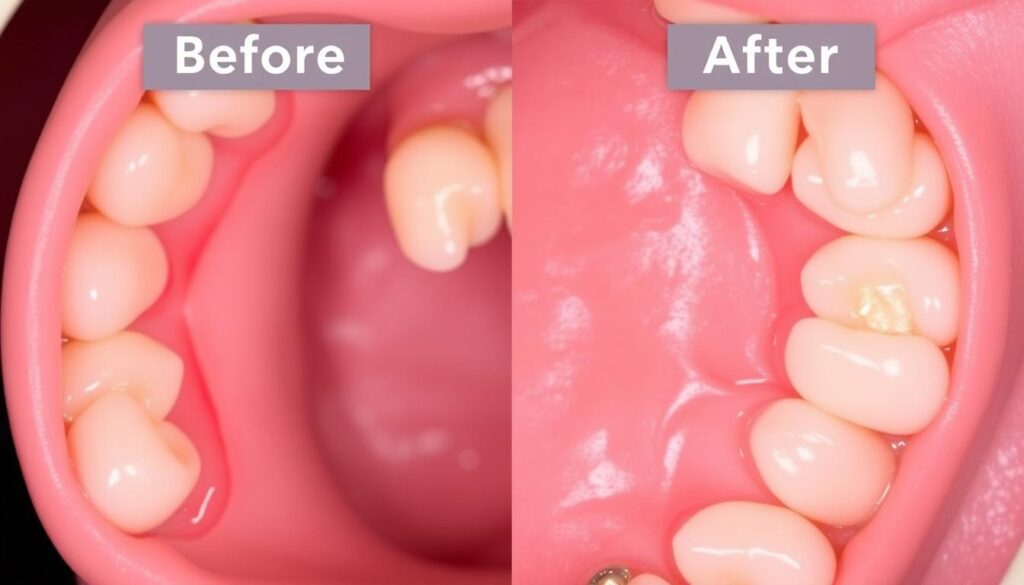
After thoroughly examining the scientific evidence, expert opinions, and real user experiences, we can provide a nuanced answer to the question: “Does Prodentim really work?”
The Evidence Suggests:
- For gum health and inflammation: Prodentim may provide meaningful benefits, supported by solid research on ingredients like L. reuteri.
- For bad breath: Many users experience noticeable improvements, aligned with research on how oral probiotics can reduce odor-causing compounds.
- For plaque reduction: Modest benefits are possible, though results vary significantly between individuals.
- For cavity prevention: Limited evidence suggests some protective effect, but not to the degree sometimes claimed in marketing.
Prodentim appears to work best for those who:
- Have mild to moderate gum issues or recurring bad breath
- Use it consistently as directed for at least 30-60 days
- Maintain regular oral hygiene practices alongside supplementation
- Have realistic expectations about gradual, subtle improvements
It may be less effective for:
- Severe dental issues requiring professional intervention
- Those seeking immediate or dramatic results
- People with certain microbiome compositions that resist colonization by the included strains
The bottom line: Prodentim contains scientifically-backed ingredients that may support oral health for many users, but it’s not a miracle cure. Results vary between individuals, and it works best as part of a comprehensive approach to oral health that includes regular dental care.
If you’re considering trying Prodentim, approach it with realistic expectations, give it sufficient time to work, and continue your regular dental hygiene practices. For those with specific oral health concerns, consulting with a dental professional before starting any supplement regimen is always recommended.
Make an informed decision about your oral health
Try Prodentim with the security of their money-back guarantee to see if it works for your specific needs.
